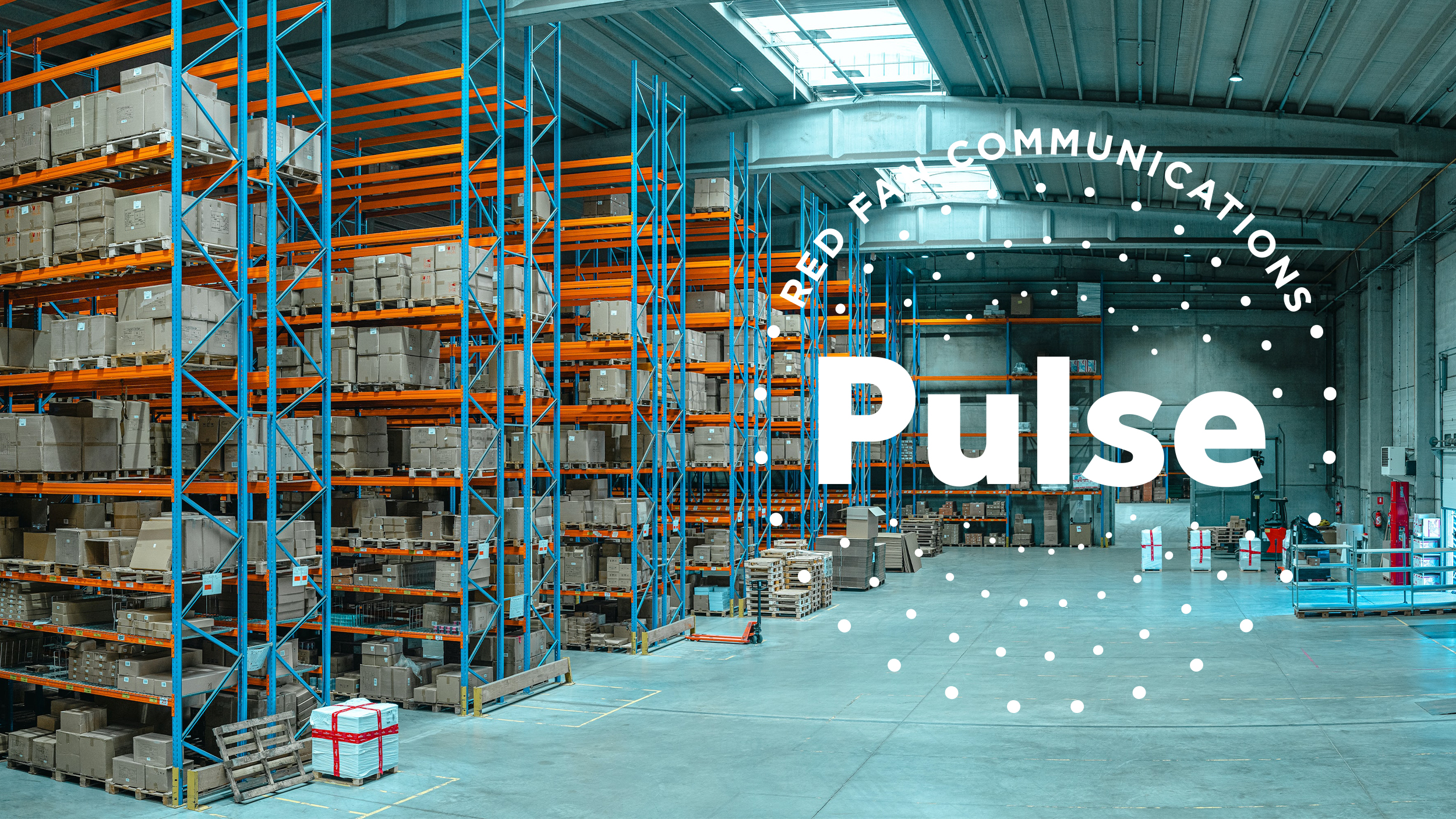THE DARK SIDE OF EMAILS
Email plays an indispensable role in our lives. Whether it’s forwarding a meme to loved ones, replying to a colleague or receiving promotions from our favorite brands—it is a pervasive form of communication both personally and professionally.
That ubiquitousness, however, comes at a cost—maybe not to you directly, but a real and tangible cost all the same. We get it: The last thing you’re probably thinking about is the carbon footprint of your inbox. There are, after all, far greater polluters than rattling off a workday’s worth of emails. But, as with so many things, the more you scale a problem, the worse that problem becomes.
SO, DO EMAILS LEAVE A CARBON FOOTPRINT?
The answer is yes.
But just how much carbon emissions are we producing when we send emails? Calculating the carbon footprint of every person’s inbox can be difficult. Individually, emails are not a significant source of carbon emissions, but it gets complicated.
The average email (with no attachments) has a carbon footprint of about four grams of CO2e (Carbon dioxide equivalent). This figure is calculated by the power that data centers and computers spend sending, filtering and reading messages. Here is where it gets alarming: In the average user’s inbox over the course of a year, inbound emails can release 300 pounds of CO2e, which is equivalent to driving 200 miles in a gas-powered car. Now factor in that more than 50 percent of the world’s population uses email and the increasing tendency to have more than one email account—it starts to add up!
Considering more than 3 million emails were sent every second throughout 2020, you can see just how detrimental this can be to our planet. Of course, it’s not just a matter of emails being sent, but emails not being cleared as well.
It is estimated the average carbon footprint for a person in the United States is 16 tons. The tech that we use in our daily lives accounts for about 3.5 percent of greenhouse emissions worldwide. However, one needs to remember that the numbers vary depending on your activity, where you live and the infrastructure in your area.
Still, these numbers are staggering and illustrate just how big our personal carbon footprint may be when it comes to something as simple as sending a message to a client or a funny video to a friend. Additionally, the statistics above don’t consider other sources of pollution, like driving your car.
WHY ARE EMAILS BAD FOR THE ENVIRONMENT?
Few may consider emails to be a source of pollution. After all, it’s just a digital message. However, it all comes down to the energy source needed to fuel all the devices involved in electronic communications: electricity.
Every email sent uses electricity to display it, and the network connection uses electricity while the email is being transferred. Interestingly, sending an email only uses about 1.7 percent of the energy of delivering a paper letter – but we do send more emails!
While great strides have been made in clean energy in recent years, the reality is that most electricity produced is still done using fossil fuels. According to the U.S. Energy Information Administration, 60 percent of electricity generated relied on fossil fuels (natural gas, coal, and petroleum, and other gasses). Green-tech still has a ways to go before we see the sustainability we’re looking for.
Our infrastructure isn’t designed to leverage clean energy to engage in day-to-day activities like sending emails. Because of this, such a simple activity can contribute to our carbon footprint and continue to impact the world around us.
Even when it comes to that simple email, it’s essential to understand that activities that rely on energy sources that emit pollution are detrimental on a much larger scale. Everything comes at a cost, from the production of the device to the energy needed to power it.
WHAT DOES THIS MEAN FOR OUR PLANET?
The most concerning part of this data is the real-life impact that our carbon footprint leaves. Greenhouse gasses pollute the air and trap heat in our atmosphere, leading to climate change.
Today’s world shows us just how impactful this can be as we face the devastating effects of global warming like extreme weather changes, an increase in wildfires and damage to the earth as it continues to heat up, and unfortunately, a significant amount of damage has been done.
Global warming climate change is accelerating and human-caused emissions of greenhouse gases are the overwhelming cause, but it’s not too late to curb global warming. Focusing on personal responsibility and urging corporations that contribute to the growing problem is still essential if we wish to slow climate change.
With both a strategy to learn how to adapt to these new living conditions and swift action to reduce greenhouse emissions globally, we can minimize further damage to the planet.
AS AN INDIVIDUAL, WHAT CAN YOU DO TO MAKE A DIFFERENCE WITH YOUR INBOX?
– Reduce the size of emails by lowering the resolution and compressing images and avoid large HTML elements.
– Regularly clean and maintain inboxes.
– Remove any contacts that unsubscribe, and update changed email address immediately.
– Check your emails thoroughly before sending to ensure they contain all the necessary (and correct) information to avoid the need for a follow-up email.
– Link to files or information online rather than adding an attachment.
The wonders of the modern world have given us the ability to communicate with anyone across the globe in mere seconds. But while technology has accomplished miraculous feats, it’s still behind in regards to how it impacts the environment. Knowledge is power, and knowing what you’re leaving behind can spur the change that’s needed. In the end, the takeaway is this: All of us are responsible for our device usage, and small changes can reduce our carbon footprint on an individual and collective level.






